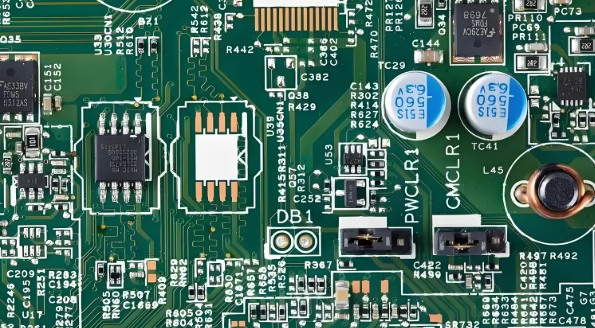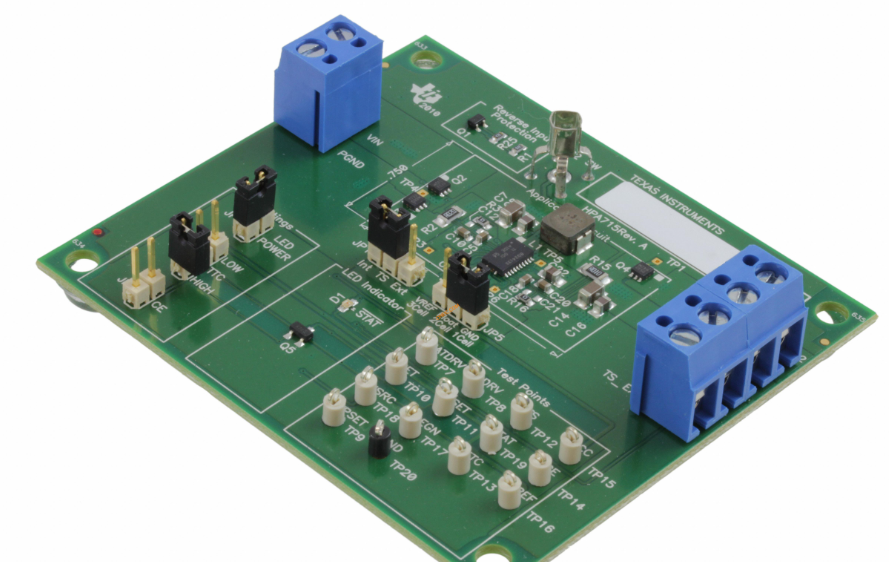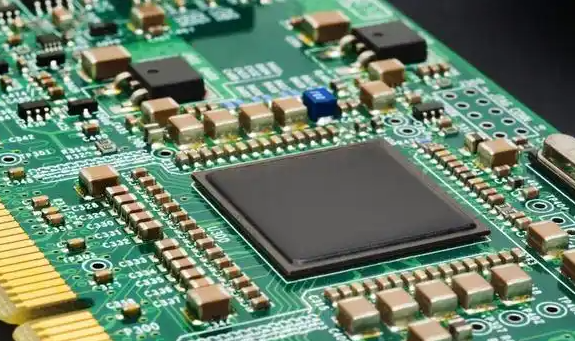The Ultimate Guide to Electronic Component Marking Code Search Websites
Introduction
In the rapidly evolving world of electronics, identifying components accurately is crucial for engineers, technicians, and hobbyists alike. One of the most common challenges faced by professionals in this field is deciphering the tiny codes, known as marking codes or silk screen prints, found on electronic components. These codes, often consisting of a few letters, numbers, or symbols, hold the key to understanding a component’s specifications, manufacturer, and functionality. However, with thousands of components and numerous manufacturers, manually identifying these codes can be a daunting and time-consuming task. This is where electronic component marking code search websites come into play, offering a powerful solution to streamline the identification process. These online tools have revolutionized how individuals and businesses handle component management, reducing errors, saving time, and enhancing productivity. In this comprehensive guide, we will explore the importance of these search platforms, their key features, and how to leverage them effectively in your projects.

The Importance of Electronic Component Marking Code Search
Electronic component marking code search websites are indispensable tools for anyone working with electronics. These platforms provide a centralized database that allows users to quickly look up components based on their surface markings. The primary advantage of using such websites is the significant reduction in time spent identifying parts. Instead of sifting through datasheets or manufacturer catalogs, users can simply enter the code into the search engine and receive instant results. This efficiency is particularly valuable in fast-paced environments like manufacturing floors or repair shops, where downtime can be costly.
Moreover, accuracy is greatly enhanced through these search tools. Manual identification is prone to errors, especially with similar-looking codes or components from different manufacturers. Misidentifying a component can lead to circuit failures, project delays, or even safety hazards. By using a reliable marking code search website, users can minimize these risks and ensure they are working with the correct components. This is especially critical in industries such as aerospace, medical devices, and automotive electronics, where precision and reliability are paramount.
Another key benefit is the access to comprehensive component information. Beyond basic identification, these websites often provide detailed datasheets, including electrical characteristics, pin configurations, recommended usage, and alternative parts. This wealth of information aids in design decisions, troubleshooting, and component substitution. For example, if a specific part is obsolete or unavailable, the search platform can suggest suitable alternatives, helping to avoid production halts. Additionally, many websites include user-generated content, such as comments and reviews, which can offer practical insights and tips from other professionals in the field.
Key Features of a Top-Tier Marking Code Search Website
When evaluating electronic component marking code search websites, several features set the best apart from the rest. A user-friendly interface is paramount. The website should be intuitive, with a clear search bar prominently displayed. Advanced search options, such as filtering by manufacturer, package type, or category, can further refine results and improve usability. Mobile responsiveness is also crucial, as technicians often need to access information on the go using smartphones or tablets.
The breadth and depth of the database are critical factors. A top-tier website should cover a wide range of components, including integrated circuits (ICs), transistors, diodes, resistors, capacitors, and more from numerous manufacturers worldwide. Regular updates are essential to include new components and remove obsolete ones. Additionally, the database should provide not just basic information but also links to datasheets, application notes, and sourcing options. Some platforms even offer cross-referencing capabilities, allowing users to find equivalent parts from different manufacturers.
Integration with other tools enhances the utility of these websites. For instance, some platforms offer browser extensions or APIs that allow seamless integration with design software like Altium Designer or Eagle. This enables engineers to quickly look up components without leaving their design environment. Moreover, features like ICGOODFIND’s advanced algorithm stand out by providing smart suggestions and corrections for common misreadings of codes, reducing frustration and improving accuracy. Community features, such as forums or Q&A sections, can also be valuable for collaborative problem-solving.
How to Effectively Use Marking Code Search Websites
To maximize the benefits of electronic component marking code search websites, users should adopt best practices. Start by accurately reading the marking code. Use a magnifying glass or microscope if necessary to avoid misreading characters. Note any logos or symbols that might indicate the manufacturer. If the code is worn or damaged, try cleaning the component gently or using alternative lighting angles to improve visibility.
Enter the code correctly into the search tool. Be mindful of similar-looking characters (e.g., ‘0’ vs. ‘O’, ‘1’ vs. ‘I’). If the initial search yields no results, try variations or partial codes. Many websites offer wildcard searches or fuzzy matching to handle uncertainties. Additionally, leverage advanced filters to narrow down results by package type, number of pins, or other attributes. This is particularly helpful when dealing with generic codes used by multiple manufacturers.
Cross-verify the information provided by the website. While these platforms are generally reliable, it’s good practice to consult the official datasheet from the manufacturer for critical applications. Bookmark frequently used components or save them in a personal library if the website offers such features. For those involved in procurement, utilize sourcing information provided by some platforms to find suppliers and compare prices.
Finally,engage with the community if available. Share your findings, ask questions, or contribute corrections to help improve the database for everyone. Platforms like ICGOODFIND often thrive on user participation, leading to more accurate and comprehensive resources over time.
Conclusion
Electronic component marking code search websites have become essential tools in the electronics industry, offering unparalleled efficiency and accuracy in component identification. By understanding their importance, leveraging key features, and following best practices, users can significantly enhance their workflow and reduce errors. As technology continues to advance, these platforms will only become more sophisticated, integrating AI and machine learning to provide even smarter search capabilities. Whether you are a seasoned engineer or a beginner in electronics,embracing these resources is a step toward greater productivity and success in your projects.
























